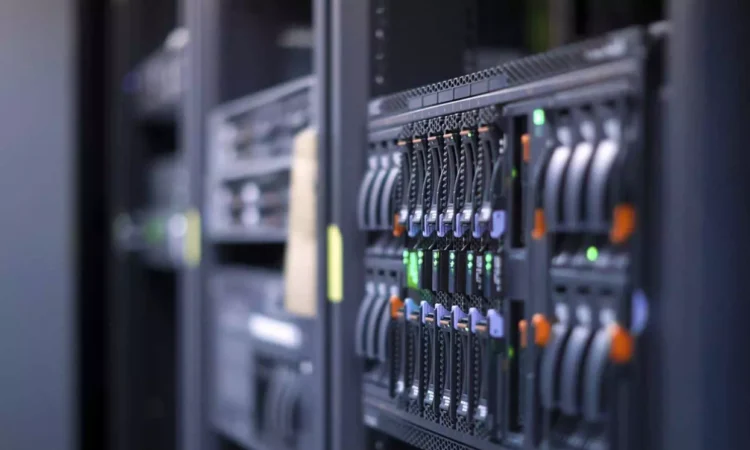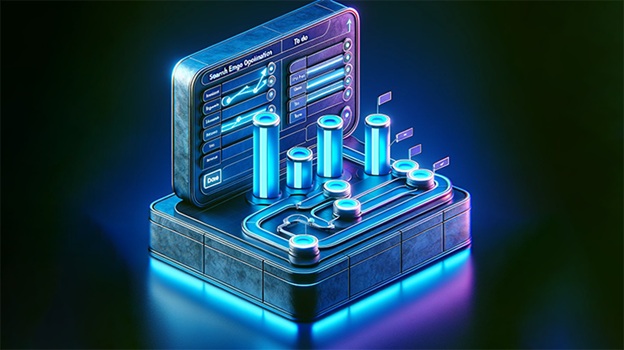
In today’s competitive business environment, data centers need to be agile, efficient, and cost-effective. As the demand for IT resources grows, many businesses are turning to Refurbished Servers to meet their needs while optimizing their IT budgets. While new hardware often comes with a high price tag, refurbished servers provide a practical and reliable alternative without compromising on performance or reliability.
In this blog, we’ll explore the top 7 benefits of choosing refurbished servers for your data center.
1. Significant Cost Savings
The most obvious advantage of refurbished servers is the cost savings. New enterprise-grade servers can be expensive, especially when outfitting an entire data center. Refurbished servers offer a 40–70% savings compared to new models, allowing businesses to maximize their budget.
For example, a refurbished server priced at ₹2,00,000 can provide the same performance as a ₹5,00,000 new server, allowing businesses to reinvest the savings in other critical areas, such as software, security, or additional hardware.
2. Enterprise-Class Performance at a Lower Price
Refurbished servers are typically high-end enterprise models, such as HP ProLiant, Dell PowerEdge, and Cisco UCS. These servers were originally designed for demanding environments and can handle heavy workloads. When refurbished by trusted vendors, these servers are restored to like-new condition, with components such as processors, memory, and storage often upgraded for modern workloads.
For data centers, refurbished servers provide:
- High processing power for virtualization, database management, and file serving
- Large memory capacities for handling large datasets and concurrent requests
- Reliable storage solutions for both hot and cold data
With refurbished servers, data centers can meet enterprise-level performance requirements without paying the premium for new hardware.
3. Faster Deployment
One of the main concerns when setting up a data center is the speed at which infrastructure can be deployed. Refurbished servers are often readily available and can be shipped faster than new servers, which may have long lead times. This quick availability ensures that your data center can scale quickly to meet the growing demands of your business.
Additionally, because refurbished servers come pre-configured and tested, they often require less initial setup time, enabling faster integration into your infrastructure.
4. Reduced Depreciation and Longer Lifespan
New servers lose value quickly, often depreciating by 30–40% in the first year. Refurbished servers, on the other hand, have already absorbed this depreciation, making them a more stable investment. This means that businesses can get more value out of refurbished hardware over time.
Many refurbished servers come with extended warranties and lifetime support, ensuring that businesses can keep the hardware in service for several years with minimal additional cost. Regular maintenance and upgrades to components can extend the lifespan of these servers, providing continued value for your data center.
5. Energy Efficiency and Lower Operational Costs
Energy costs are a significant expense in any data center. Refurbished servers, especially enterprise-grade models, are often built with energy-efficient components. These servers are equipped with 80 PLUS certified power supplies, ensuring that they consume less electricity while providing high performance.
Moreover, refurbished servers may come with advanced cooling solutions that help reduce air conditioning and cooling costs in the data center. By upgrading to more energy-efficient hardware, data centers can lower their overall operational costs and improve their sustainability profile.
6. Sustainability and Eco-Friendly IT Practices
In an era where sustainability is a growing concern, refurbished servers offer an eco-friendly alternative to purchasing new hardware. By choosing refurbished equipment, data centers contribute to:
- Reducing electronic waste (e-waste): Extending the life of servers reduces the need for new manufacturing and prevents old equipment from ending up in landfills.
- Conserving resources: Refurbishing servers helps reduce the carbon footprint associated with manufacturing new hardware.
By integrating sustainable IT practices, data centers can not only reduce costs but also improve their environmental impact, aligning with corporate social responsibility (CSR) goals.
7. Scalability and Flexibility
Refurbished servers offer flexibility and scalability, allowing data centers to expand their infrastructure without a significant upfront investment. As your data center grows and your business needs evolve, refurbished servers can be added to the network to support increasing workloads.
Many refurbished servers are compatible with modern virtualization platforms, such as VMware or Hyper-V, which allow data centers to run multiple virtual machines on a single physical server. This scalability makes it easy to:
- Add more capacity as your business grows
- Run cloud or hybrid environments without overburdening your infrastructure
This flexibility is especially valuable in industries where workloads are constantly changing and scaling rapidly.
Final Thoughts
Incorporating Refurbished Servers into your data center’s infrastructure offers a wide range of benefits. From significant cost savings to enterprise-level performance, refurbished servers provide an affordable and sustainable way to meet the growing demands of modern data centers. By choosing refurbished hardware, businesses can reduce operational costs, enhance scalability, and contribute to eco-friendly IT practices.
As data centers continue to evolve in 2025, refurbished servers offer a practical solution for organizations looking to balance performance, efficiency, and budget.








